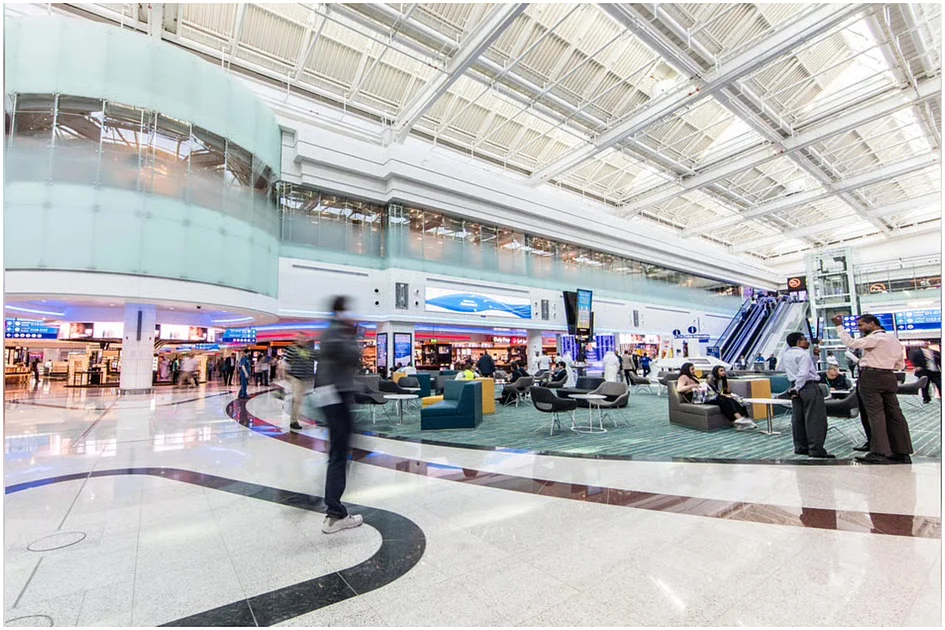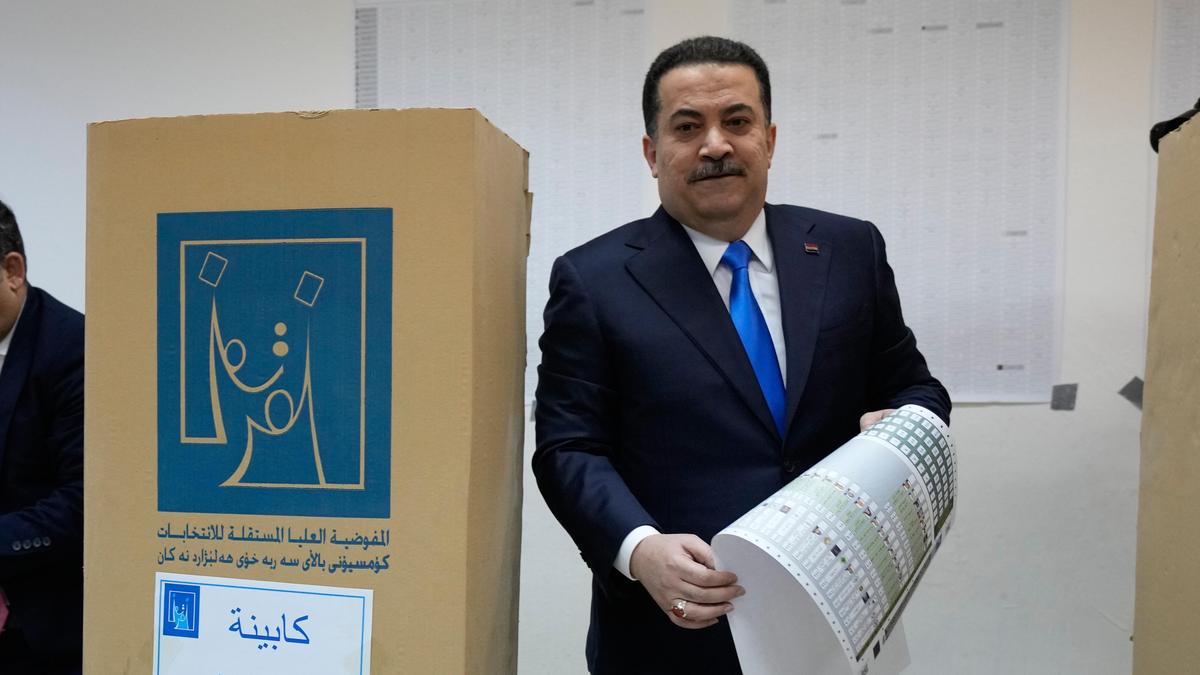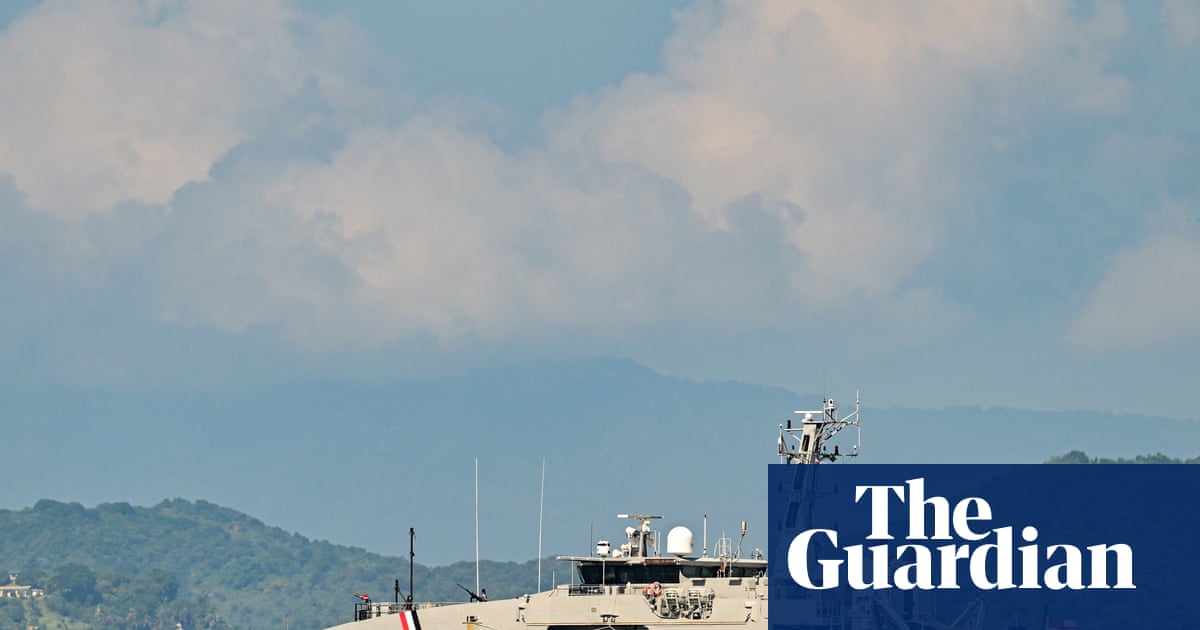The Gulf Cooperation Council (GCC) has approved the rollout of a ‘one-stop’ travel system designed to make movement between member states seamless, with the UAE and Bahrain selected to pilot the project’s first phase.
The new system will…

The Gulf Cooperation Council (GCC) has approved the rollout of a ‘one-stop’ travel system designed to make movement between member states seamless, with the UAE and Bahrain selected to pilot the project’s first phase.
The new system will…

Mr. President,
I welcome the presence of the Representative of South Sudan among us today and thank the Under-Secretary-General for Peace Operations, Jean-Pierre Lacroix, the Executive Director of UN Women, Sima Bahous, and Dr….
NEW YORK: The United States has circulated a revised draft resolution to establish a two-year mandated stabilisation force in Gaza, setting in motion a process it hopes will lead to adoption by the UN Security Council (UNSC).
The draft,…

Iraqi Prime Minister Mohammed Shia al-Sudani casts his vote in the country’s parliamentary election in Baghdad, Iraq, Tuesday, Nov. 11, 2025.
| Photo Credit: AP
…

It is the most traditional of assets for any ambitious young male politician: a fashionably dressed, beautiful young wife. But as with everything else about the rise of Zohran Mamdani, his wife, Rama Duwaji, represents a new era of politics which…

When Donald Trump started sending warships, marines and reaper drones to the Caribbean in August to torment Venezuela’s president Nicolás Maduro, the US’s former ambassador in Caracas, James Story, suspected the deployment was largely for…

Former Bangladesh Prime Minister Sheikh Hasina has said that Muhammad Yunus is courting “Islamabad while trying to erase Sheikh Mujib’s name from our history”. Bangladesh and Pakistan have significantly increased their bilateral ties since…


An older model Turkish Air Force C-130 Hercules, of the type that was lost with all 20 onboard on 11 November. (Janes/Gareth Jennings)
A Lockheed Martin C-130 Hercules transport aircraft of the Turkish Air Force…